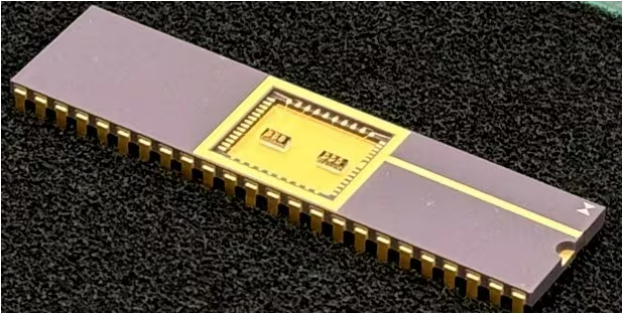In recent years, artificial intelligence technology has developed rapidly, but with it, energy consumption has become more and more serious. Traditional AI processors often consume a lot of energy when performing complex tasks, resulting in higher operating costs and a burden on the environment. However, a new type of device called a spin-memristor brings a new solution to the energy consumption problem in the field of AI.
TDK Corporation recently announced that it has successfully developed an ultra-low-energy neuromorphic component called a spin memristor. According to TDK, the spin memristor it has developed not only solves the challenges of changing over time, the difficulty of controlling the accurate writing of data, and the difficulty of establishing data retention requirements, but also resists environmental influences, provides long-term data storage, and reduces power consumption by reducing leakage current in existing equipment. TDK and its partners plan to start production after 2030. Industry insiders expect the emergence of edge AI sensors using new technologies.
A spin memristor is an innovative electronic component that combines the characteristics of spintronics with a memristor. It adjusts the resistance value by controlling the spin state of the electrons, so as to realize the storage and processing of information. The device is not only non-volatile and high-speed, but also has excellent energy consumption.
In AI applications, spin memristors can significantly reduce the power consumption of the processor. While traditional AI processors require a lot of computing resources and energy to perform complex calculations, spin memristors can accomplish the same task with lower energy consumption due to their unique spintronics principle. Studies have shown that AI processors using spin memristors can consume up to one percent or less of traditional processors.

Figure: Spin memristors: Revolutionizing energy efficiency for AI (Source: TDK).
In addition, spin memristors have shown good potential for neuromorphic computing. This computational method mimics the workings of neurons and synapses in the human brain, making it particularly suitable for complex and nonlinear tasks. The resistance value of the spin memristor simulates the strength of the connections between neurons (i.e., synaptic weights), enabling efficient simulation of neural networks. Not only does this simulation more closely resemble the function of the human brain, but it also enables complex calculations to be completed with lower energy consumption and greater efficiency.
Spin memristors also offer the advantage of easy integration and scalability, compatibility with existing semiconductor processes, and easy integration into a wide range of electronic devices. This means that it can be widely used in AI scenarios such as smartphones, smart homes, and autonomous driving, further improving the intelligence and energy efficiency of these devices.
Although spin memristors have great potential in the field of AI, their development still faces some challenges, such as how to improve the performance and stability of the device, and reduce the production and manufacturing costs. These problems urgently need the joint efforts of researchers and related enterprises to overcome.
In general, spin memristors, as a new type of spintronic device, have shown great application value in the field of AI. It not only significantly reduces the power consumption of AI processors, but also improves the efficiency and accuracy of neuromorphic computing. With the deepening of research and the continuous improvement of technology, spin memristors will play a more important role in the future development of AI.






